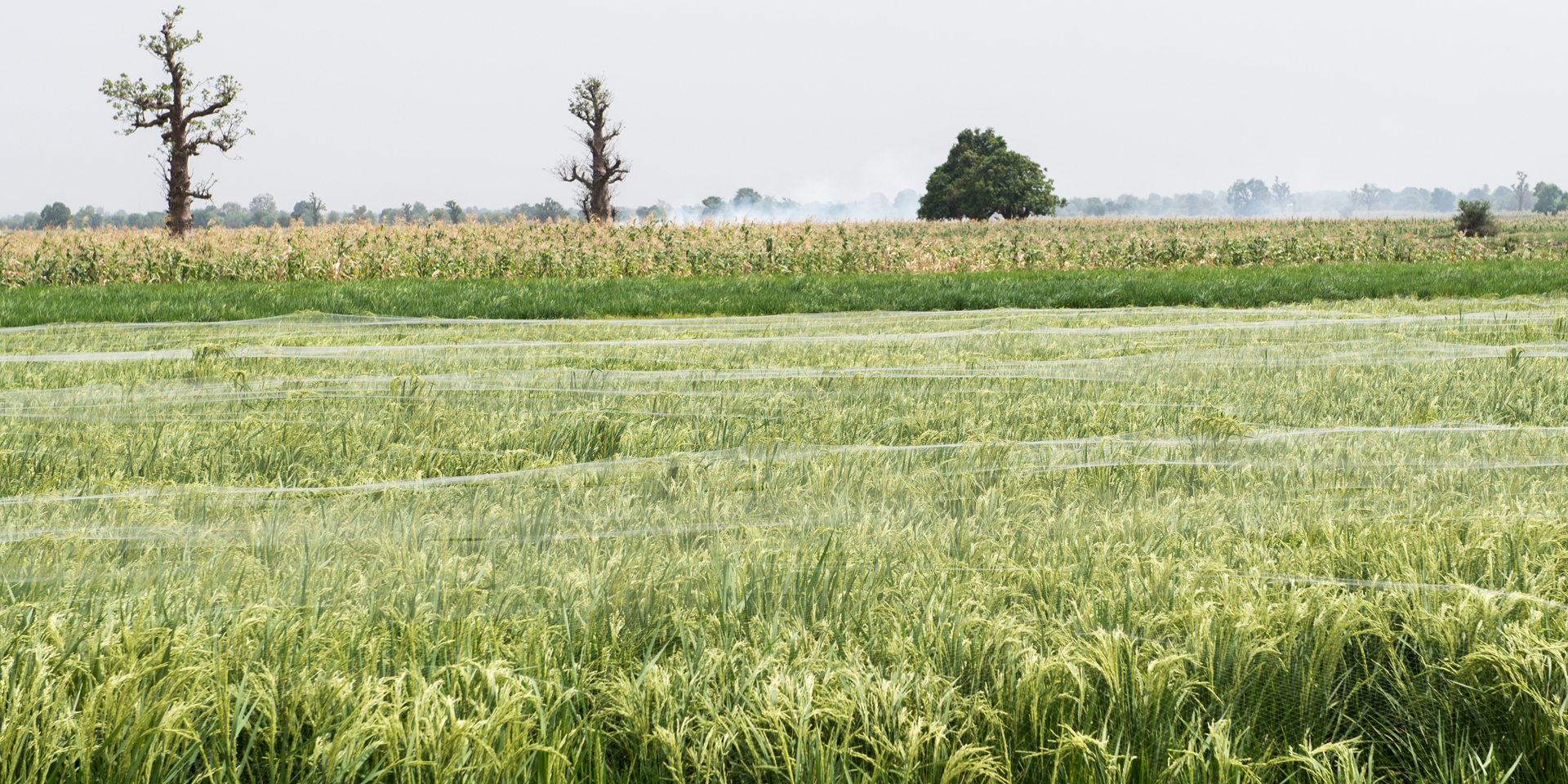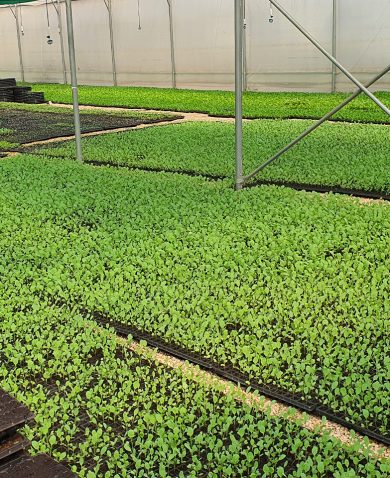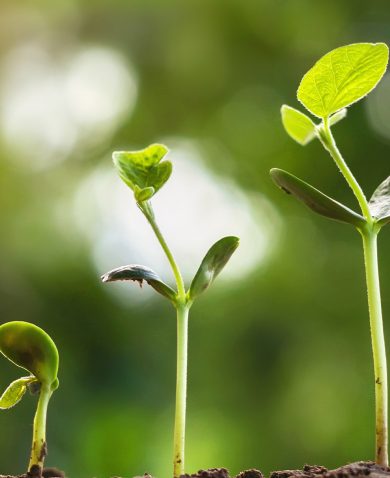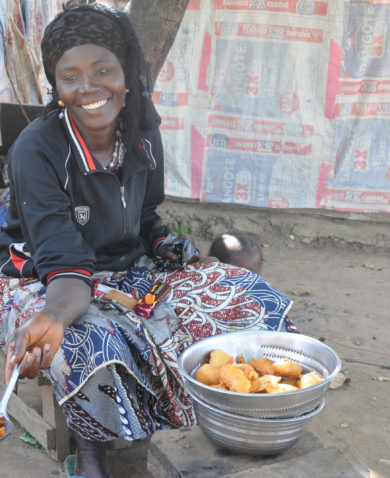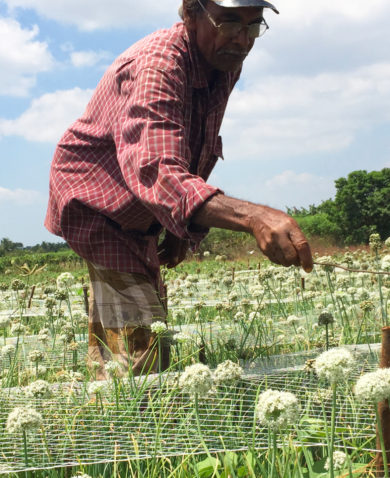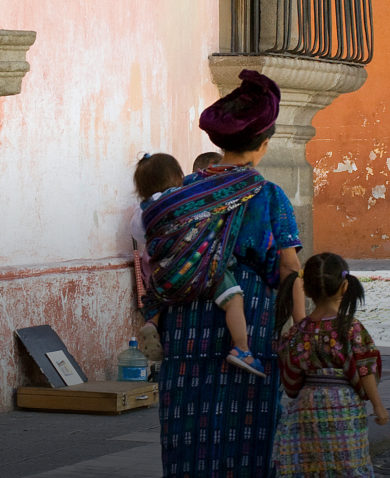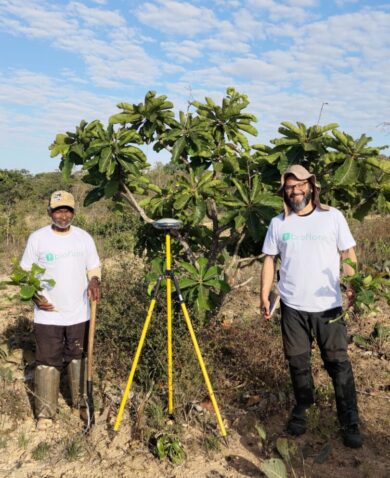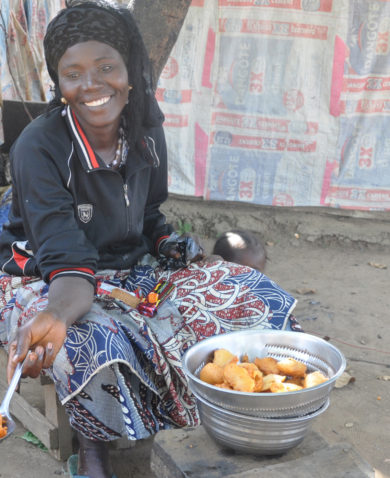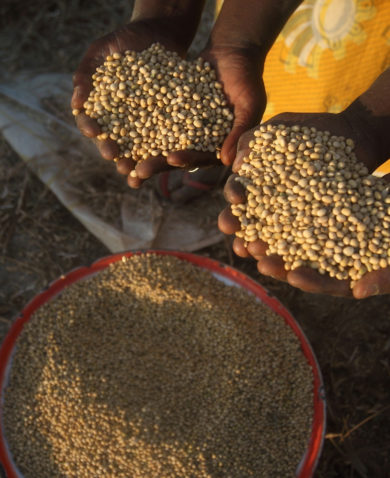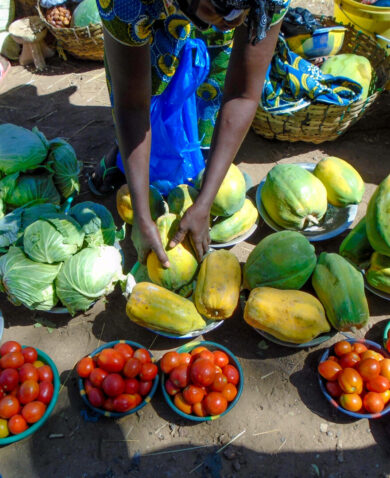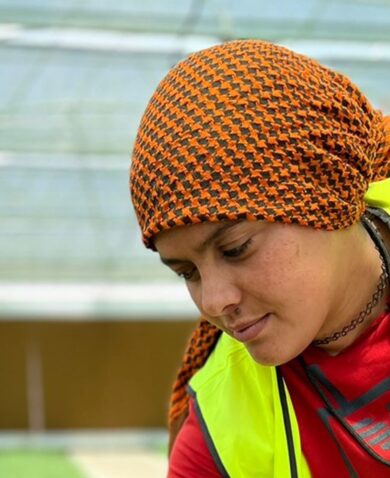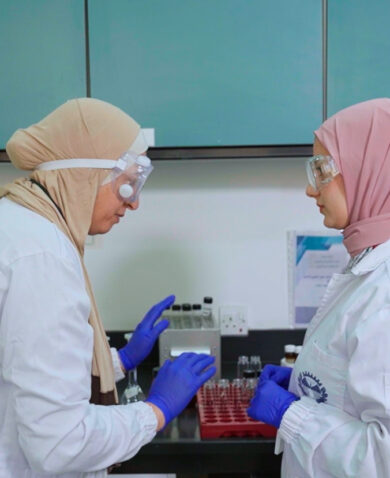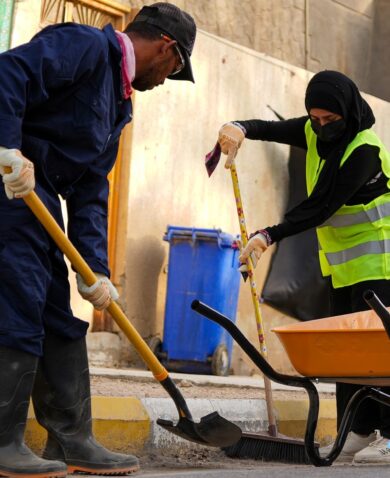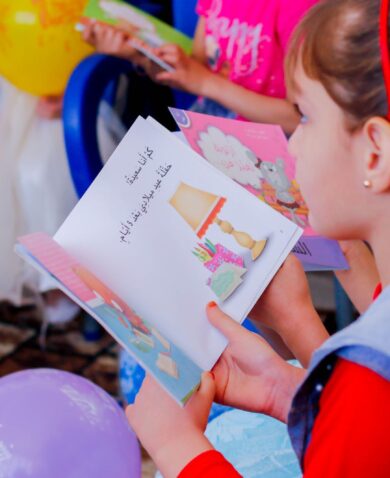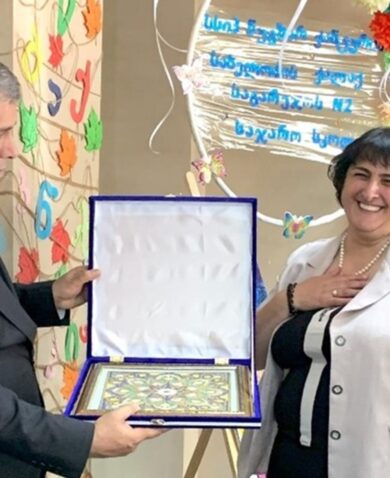When Maimuna returned to her rice paddy, she decided to put her training to the test and cultivate during the dry season. She planted at the right time, placed seeds closer together, and maintained optimal water levels. The results were encouraging. During the June 2013 harvest, she reaped more than 6 metric tons per hectare from her farm, a 43 percent increase from her wet-season yield of 4.2 metric tons.
Excluding production costs, she will earn $1,690 per hectare from her paddy, providing additional income for her family at a crucial time when most farmers need funds to buy inputs such as high-quality seeds and fertilizers for wet-season production. In a country where 78 percent of the population lives on less than $2 a day, this is a significant achievement.

